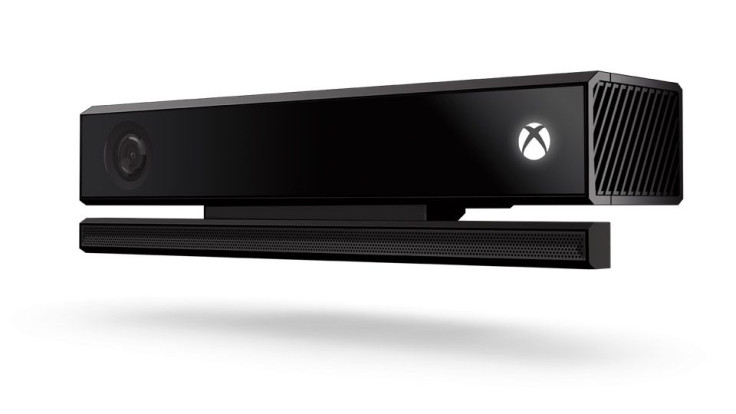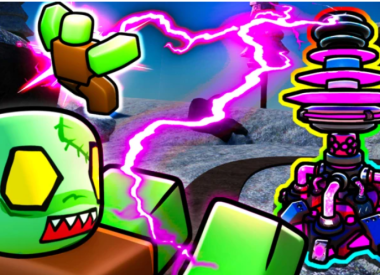Microsoft has announced not one, but two new Xbox One consoles. Along with the announcements, Microsoft also quietly killed off the Kinect.
By revealing new hardware, Microsoft has made it pretty clear where they are headed as a company. The Xbox One S comes packed with upgrades that many gamers want, including 4K video playback and HDR imaging. All these redesigns are great, allowing for a 40 percent smaller console than the original Xbox One.
Along with all these great additions, some cuts had to be made. The dedicated Kinect input was one of them. Without the input, the Xbox One S cannot use a Kinect sensor. Microsoft told The Verge there will be a USB adapter available (and are even hoping to give the adapters out for free to those who upgrade from the Xbox One to the Xbox One S). While it’s somewhat admirable that Microsoft is still doing the chest compressions on the Kinect, how many people will actually get this USB adapter, especially those who don’t have a Kinect already?
Looking forward even further, Microsoft announced the Project Scorpio console, reported to be the most powerful console ever made. With so much emphasis on more power and faster processing, it’s highly likely a novelty like the Kinect will not play that big a role in planning. Developers will also be tasked with making games that can run on the Xbox One, Xbox One S and Project Scorpio, I’m sure they won’t be dedicating much development time on adding Kinect support.
It should be noted that the Project Scorpio console isn’t confirmed to have dropped the Kinect as of yet. Based on the Xbox One S design, and a desire to keep costs lower, Project Scorpio will continue to not have the dedicated Kinect input. This is just speculation, however, and not fact.
Let’s face it: why should Microsoft continue to support the Kinect anyway? There aren’t new games being made for the device, so the Kinect is now best served as a way to use voice commands with an Xbox One. When a device’s only function is to make it slightly easier to launch Netflix or add a friend to a party (when the voice commands actually get recognized, that is), it can’t be a top priority.
Gaming is filled with trends that rise and fall. With the Nintendo Wii, motion-controlled gameplay was THE thing. Sony and Microsoft had to respond to seem relevant. Trends have again shifted back to more traditional gaming, with motion controls falling to the wayside for classic controller-based gameplay. When even recent Wii U games have moved away from gimmicky motion controls, it makes sense that Microsoft has abandoned the project.
So what do you think? Are you bummed to see the Kinect getting phased out of Microsoft’s consoles? Are you surprised it took this long in the first place? Let us know your thoughts in the comments section below.


















